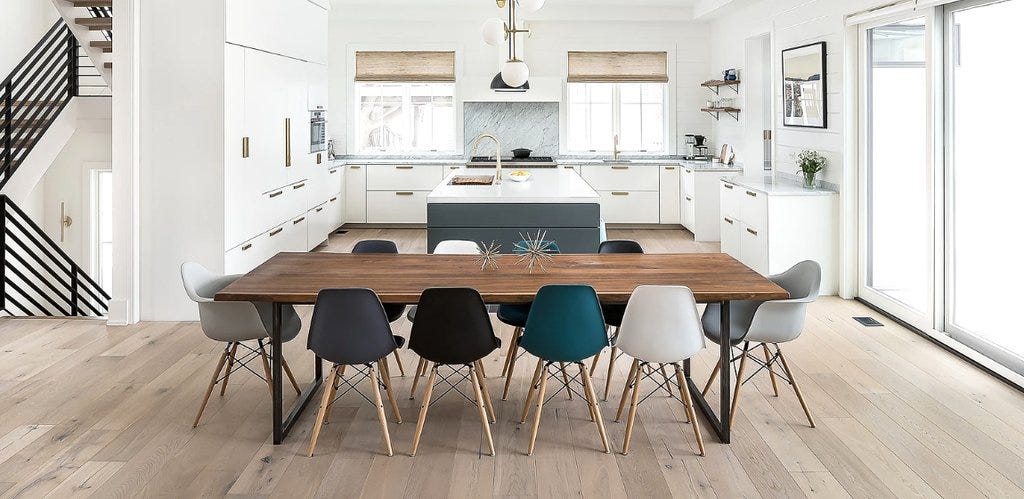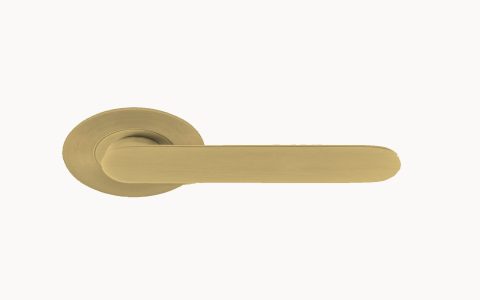Pairing a dining table with an assortment of non-matching chairs is a dynamic approach to interior design, moving away from traditional uniform sets. This curated eclecticism can inject significant personality and visual interest into a dining space.
Benefits of an Eclectic Chair Arrangement
- Personalisation: Reflects individual style and allows for the incorporation of unique, sentimental, or found pieces.
- Flexibility: Easily adapt your dining set over time, adding or swapping chairs as needs or tastes change.
- Visual Interest: Breaks monotony and creates a layered, thoughtfully assembled aesthetic rather than a showroom look.
- Budget-Friendly: Allows for gradual acquisition of chairs, potentially mixing high-end finds with more affordable options.
Tips for Successfully Mixing Dining Chairs
Achieving a harmonious look with disparate chairs requires careful consideration. The goal is intentional collection, not random clutter.
- Establish a Common Thread: This is crucial for cohesion.
- Color Palette: Use chairs in varying shades of one color, a consistent accent color across different styles, or paint all chairs the same unifying hue.
- Material Consistency: Group chairs by material, such as all wooden chairs (even if different styles and finishes) or all metal chairs.
- Style Era: While designs can vary, sticking to a general period (e.g., mid-century modern, rustic farmhouse) can create harmony.
- Seat Height: Ensure all chairs have a compatible seat height for comfortable dining at your specific table. This is a practical necessity for usability.
- Anchor Chairs: Consider using two identical, often more substantial, chairs at the head and foot of the table. This can provide a sense of structure and ground the arrangement, allowing for more variety along the sides.
- Mind the Scale and Form: Chairs should be appropriately proportioned to the table and to each other. Avoid drastic differences in size or visual weight unless intentionally creating a focal point with a single statement chair. Consider the overall silhouette – some cohesion in form (e.g., all armless, or all with similar leg styles) can help.
- The "Odd One Out" Strategy: Sometimes, having all chairs the same except for one distinct "feature" chair can be very effective. Alternatively, if using multiple different styles, an odd number of variations can sometimes feel more visually balanced.
- Table as a Neutral Base: A simpler dining table design—in terms of color, material, and form—can often better support a more adventurous collection of chairs, acting as a unifying, grounding element.
Ultimately, combining a dining table with odd chairs is about curating a space that is both functional and expressive. When executed thoughtfully, it results in a uniquely inviting and personal dining environment.








